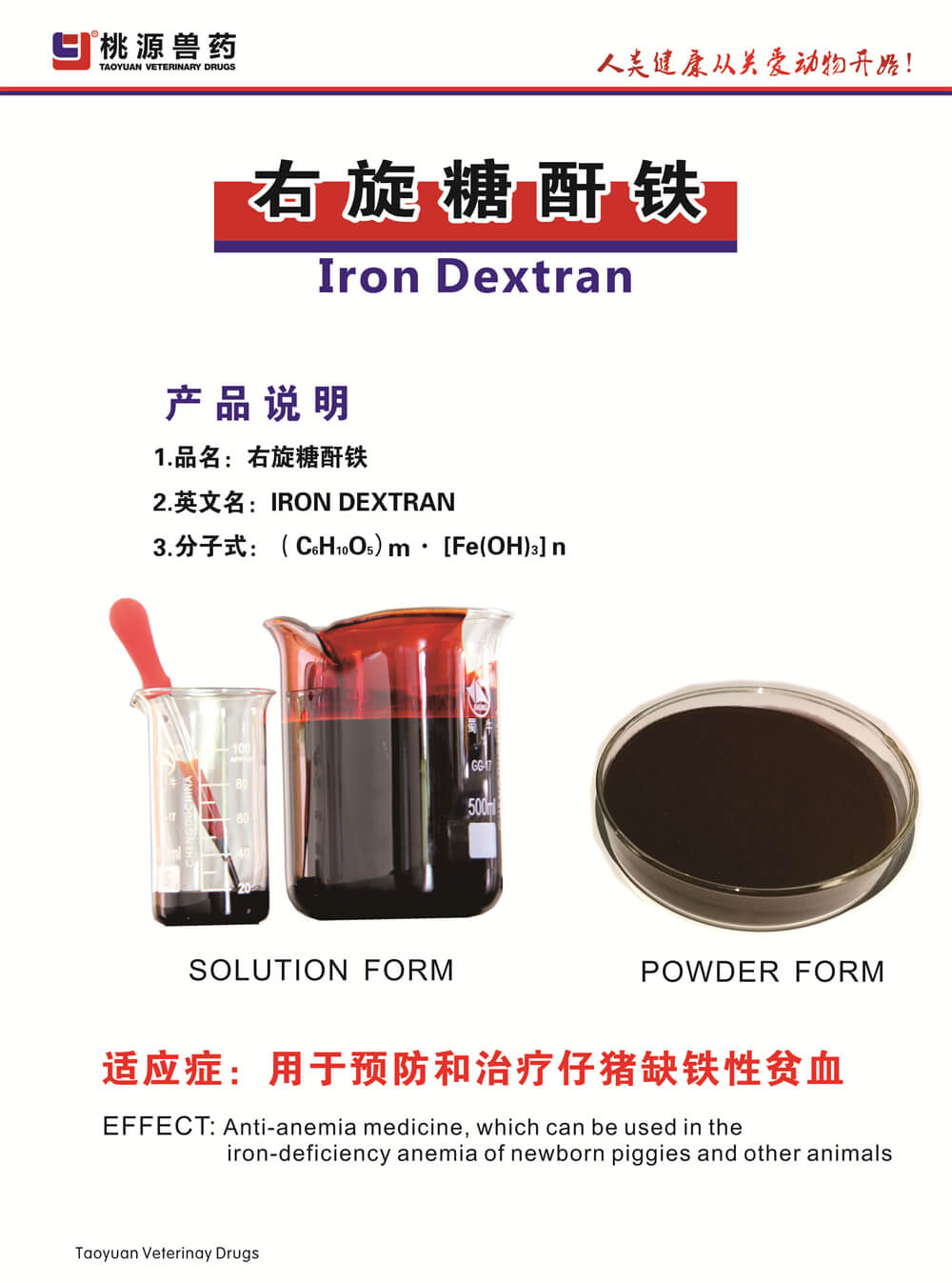We use cookies to enhance your experience. By continuing to browse this site you agree to our use of cookies. More info.
Fiberglass is a material made of glass fibers woven into a texture that causes it to trap pockets of air. The resultant fabric has high thermal insulation properties and low density. Jaw Crusher Mobile

Image Credit: Mid-Mountain Materials, Inc.
The thermal insulation property of fiberglass makes it a useful fabric in applications that need a thermal barrier and a high level of temperature resistance. A range of fiberglass fabrics suitable for this purpose is offered by Mid-Mountain Materials, Inc.
The HYTEX® range of fabrics from Mid-Mountain are high-temperature resistant textiles produced from various materials in different configurations based on the application. There are two fiberglass products in this range, HYTEX® 1000 and HYTEX® 1400.
Made from e-glass yarns, HYTEX® 1000 fiberglass fabrics have a continuous operating temperature of 1000 °F. In case of the product being intended for short-term use, the operating temperature can go up to 1500 °F.
HYTEX® 1000 fiberglass fabrics have high dielectric strength, are chemical resistant, and maintain a high level of tensile strength even at high temperatures.
The products produced from e-glass include fiberglass tape, cloth, sleeving, and rope in braided, knit, or woven configurations.
Moreover, high-temperature resistant fiberglass fabrics are also featured in this range. These fabrics are particularly used as removable and reusable insulation pads and blankets in the insulation industry. Fiberglass fabrics have low smoke emission, excellent abrasion resistance, and thermal insulation properties, and they can be heat treated to minimize fraying when they undergo fabrication. HYTEX® 1000 Fiberglass fabrics can be heat-treated or laminated with foil to further improve the temperature resistant properties when being used for insulation blankets and insulation pads.
HYTEX® 1400 was developed to be used in applications where products, such as HYTEX® 1000 that are produced from e-glass yarns, would normally fail. This fabric is produced from low-alkali fiberglass yarn and its continuous operating temperature is 1400 °F. If the product is intended for short-term use, the operating temperature can reach as high as 2000 °F. 2700 °F is the melting point of these fiberglass fabrics.
Fabrics in this range are very lightweight, have high strength, a high level of abrasion and chemical resistance, and excellent dimensional stability. Laminating the HYTEX 1400® fabrics with foil or applying them with coatings can also improve their thermal and abrasion properties. This product range includes cloth, tape, sleeving, and rope in knit, braided, and woven configurations.
Besides HYTEX family of fiberglass fabrics, Mid Mountain also provides a range of fiberglass mats and papers with a continuous operating temperature of 1000 °F. The company’s CERMEX® fiberglass products are manufactured from non-respirable, high purity e-glass fibers, and are ideal for applications including die-cut gaskets for thermal barriers. Customers can visit the company’s website for more information on the CERMEX® product line.
Mid Mountain offers an extensive selection of thermal insulation textiles, including the aforementioned fiberglass fabrics. For more information on this range of products, customers can contact Mid-Mountain Materials, Inc.
This information has been sourced, reviewed and adapted from materials provided by Mid-Mountain Materials, Inc.
For more information on this source, please visit Mid-Mountain Materials, Inc.
Please use one of the following formats to cite this article in your essay, paper or report:
Mid-Mountain Materials, Inc.. (2021, December 06). A Guide to Fiberglass Fabrics. AZoM. Retrieved on September 28, 2023 from https://www.azom.com/article.aspx?ArticleID=15312.
Mid-Mountain Materials, Inc.. "A Guide to Fiberglass Fabrics". AZoM. 28 September 2023. <https://www.azom.com/article.aspx?ArticleID=15312>.
Mid-Mountain Materials, Inc.. "A Guide to Fiberglass Fabrics". AZoM. https://www.azom.com/article.aspx?ArticleID=15312. (accessed September 28, 2023).
Mid-Mountain Materials, Inc.. 2021. A Guide to Fiberglass Fabrics. AZoM, viewed 28 September 2023, https://www.azom.com/article.aspx?ArticleID=15312.
do textured glass fibre fabrics (GT) with thermal resistance of 600°C are made of alkali-free alumina borosilicate E-type glass fibre yarns? Textured yarns with a filament diameter of 6 and 9 µm are used for the production of textured fabrics.
The opinions expressed here are the views of the writer and do not necessarily reflect the views and opinions of AZoM.com.
Do you have a question you'd like to ask regarding this article?
AZoM.com - An AZoNetwork Site

Multi Collagen Plus Owned and operated by AZoNetwork, © 2000-2023